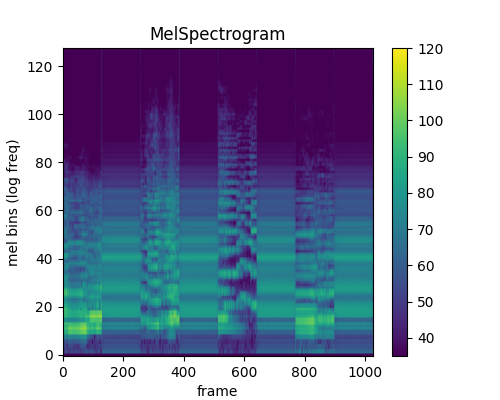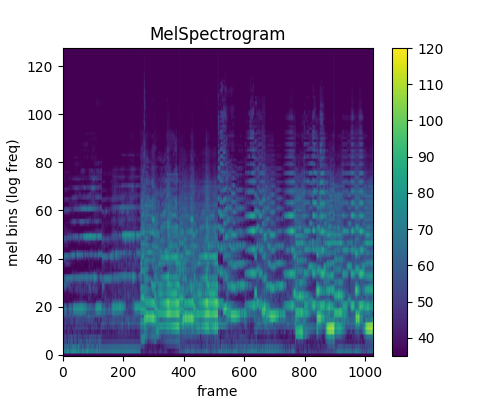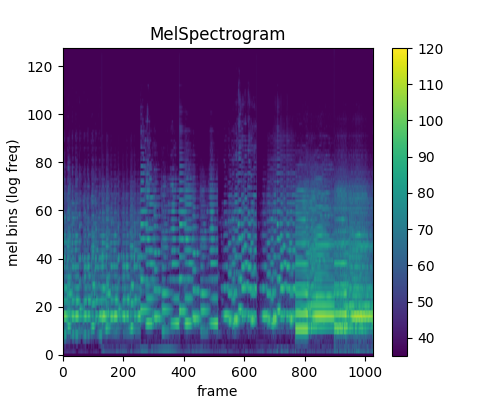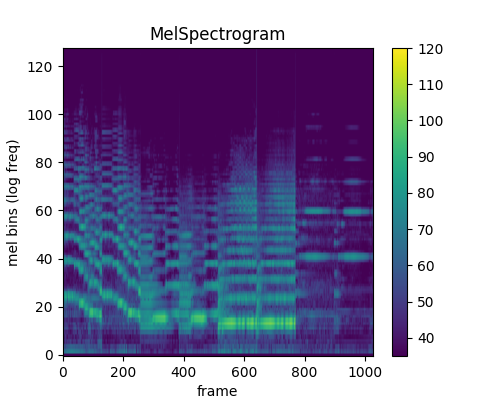technical practice research
observations during training
reconstructions of samples from the training dataset (data the model has ‘seen’ before)
“Listening is directing attention to what is heard, gathering meaning, interpreting and deciding on action.”
- Oliveros, 2022
1) audio fidelity (sound quality)
2) affordances (what is easy & what is difficult?)
2) affordances (what is easy & what is difficult?)
early training stages:
EPOCH 1
- all reconstructions the same
- high-pitched tone
- all reconstructions the same
- high-pitched tone

EPOCH 1 (later)
- all reconstructions still the same
- tone lower, more complex
- all reconstructions still the same
- tone lower, more complex

EPOCH 1 (end)
- unique outputs for unique inputs
- shapes of sound energy
- unique outputs for unique inputs
- shapes of sound energy

EPOCH 6
- pitch content
- still very noisy
- pitch content
- still very noisy

middle training stages:
EPOCH 26
- tinny sound
- choppy slides
- tinny sound
- choppy slides

EPOCH 33
- trouble with double stops (playing more than one note at the same time)
- possibly because of ‘beats’ created by constructive frequency interference?
- trouble with double stops (playing more than one note at the same time)
- possibly because of ‘beats’ created by constructive frequency interference?

EPOCH 40
- trouble with low frequencies
- this not (C open string) is the lowest note I can play on the viola, therefore the lowest note in the training dataset
- trouble with low frequencies
- this not (C open string) is the lowest note I can play on the viola, therefore the lowest note in the training dataset

EPOCH 54
- after more training, slides are still choppy
- after more training, slides are still choppy

EPOCH 62
- distinct timbral characters
- pure, high pitched tones quite clean (these are called harmonics in music practice)
- distinct timbral characters
- pure, high pitched tones quite clean (these are called harmonics in music practice)

EPOCH 64
- double stops still contain artifacts
- double stops still contain artifacts
